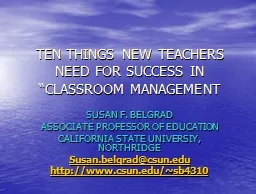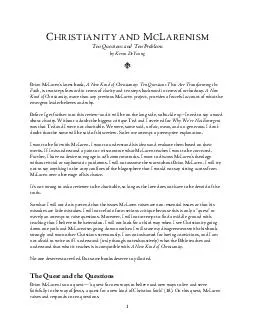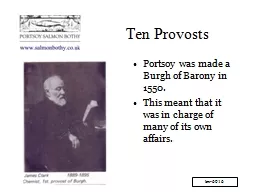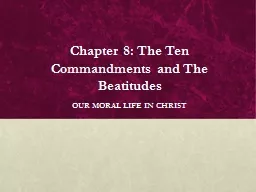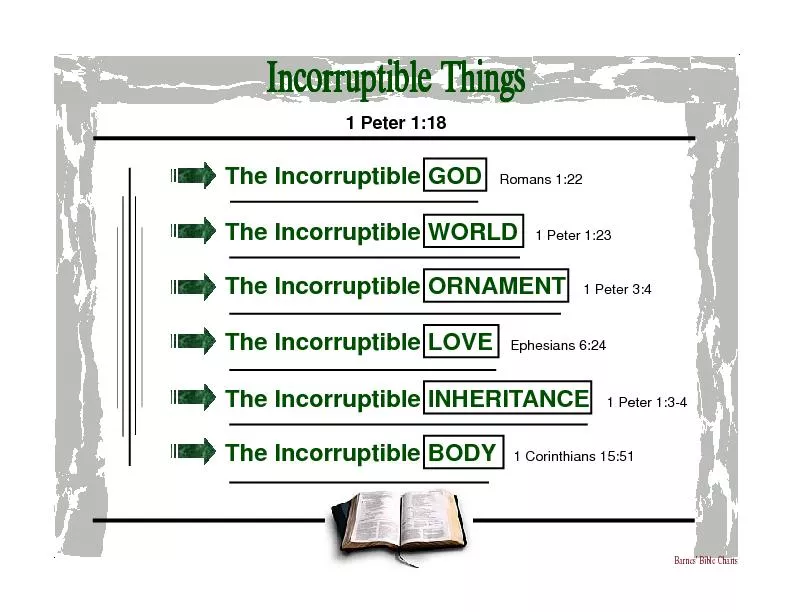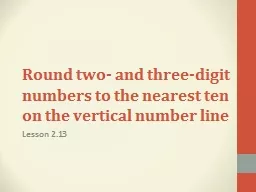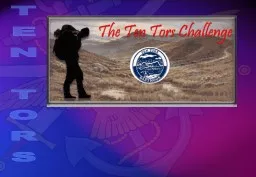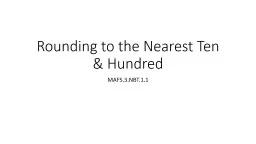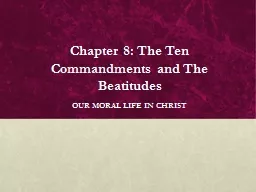PPT-TEN THINGS NEW TEACHERS NEED FOR SUCCESS IN
Author : cheryl-pisano | Published Date : 2017-05-01
CLASSROOM MANAGEMENT SUSAN F BELGRAD ASSOCIATE PROFESSOR OF EDUCATION CALIFORNIA STATE UNIVERSIY NORTHRIDGE Susanbelgradcsunedu httpwwwcsunedusb4310 Working with
Presentation Embed Code
Download Presentation
Download Presentation The PPT/PDF document "TEN THINGS NEW TEACHERS NEED FOR SUCCESS..." is the property of its rightful owner. Permission is granted to download and print the materials on this website for personal, non-commercial use only, and to display it on your personal computer provided you do not modify the materials and that you retain all copyright notices contained in the materials. By downloading content from our website, you accept the terms of this agreement.
TEN THINGS NEW TEACHERS NEED FOR SUCCESS IN: Transcript
Download Rules Of Document
"TEN THINGS NEW TEACHERS NEED FOR SUCCESS IN"The content belongs to its owner. You may download and print it for personal use, without modification, and keep all copyright notices. By downloading, you agree to these terms.
Related Documents

